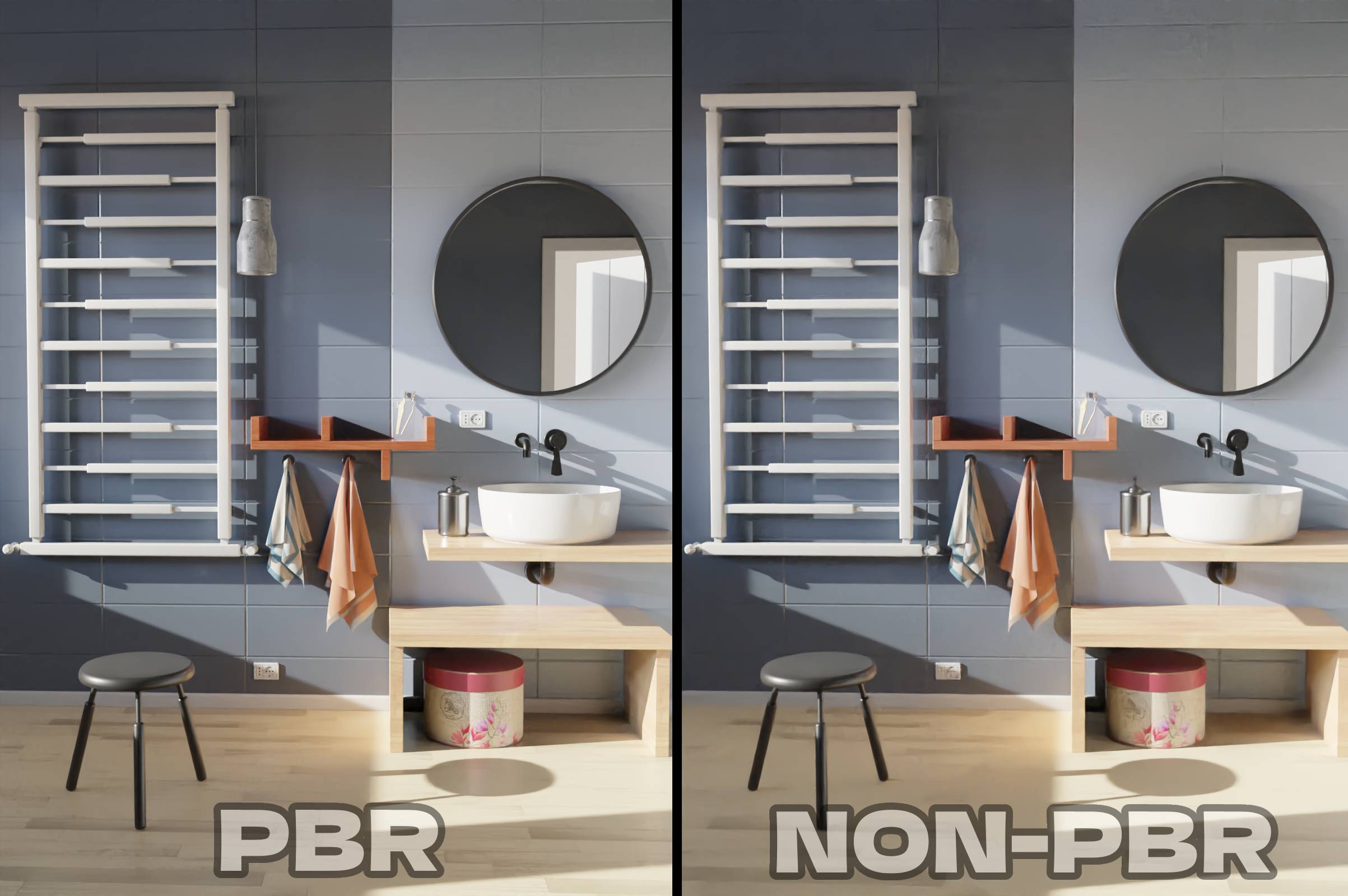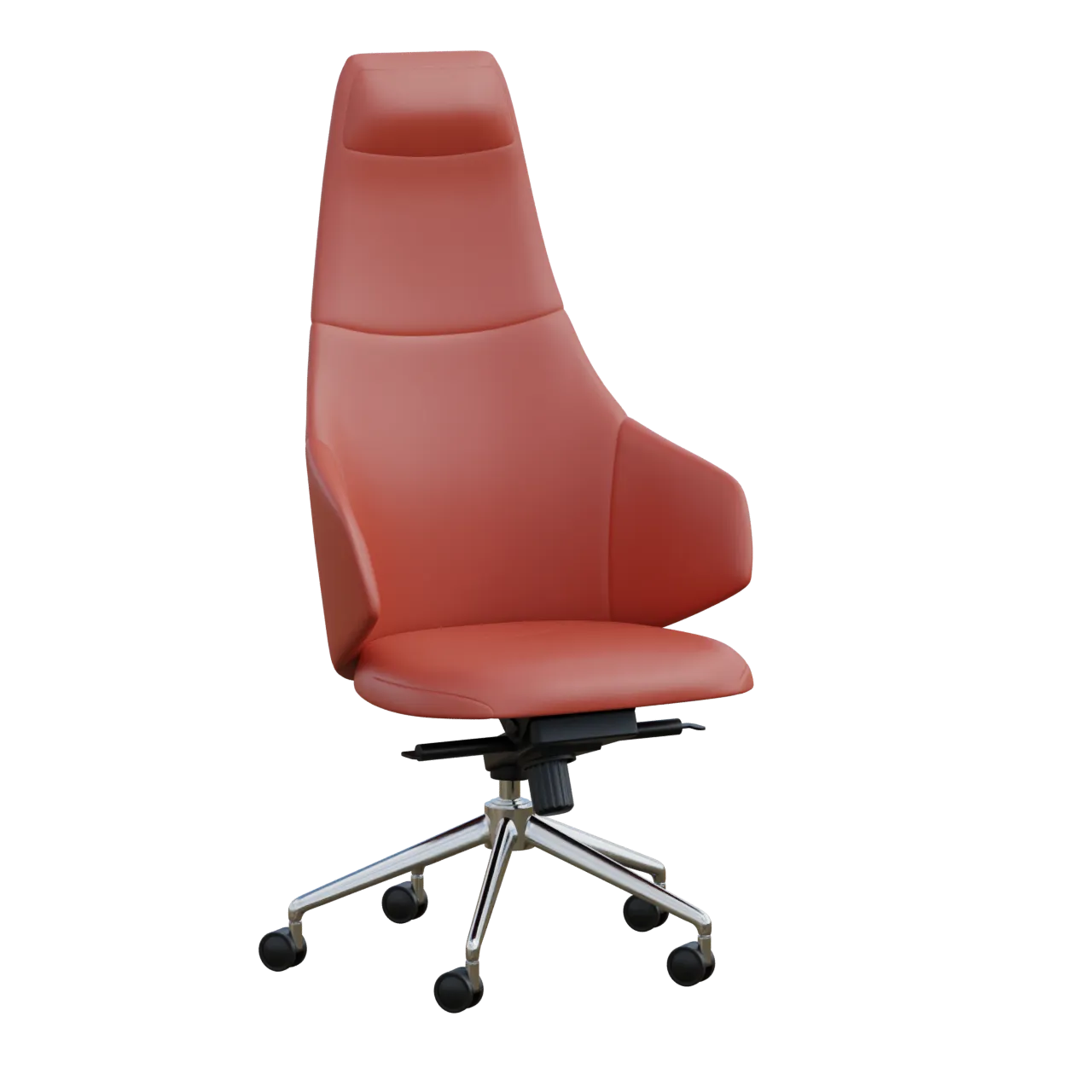3D Models for Architectural Visualization
a year agoWhen it comes to architectural visualization, realism is the name of the game. 3D models are the building blocks of your visualizations, and the more realistic they are, the more compelling your projects become. In this guide, we'll take you on a journey into the world of 3D modeling, sharing tips and techniques to help you create architectural assets that leave a lasting impression.

Introduction
Architectural visualization relies heavily on 3D models to bring design concepts to life. These models serve as virtual representations of physical spaces, allowing clients and viewers to immerse themselves in the architectural vision.
Choosing the Right Reference
The first step in creating realistic 3D models is gathering the right references. References act as your blueprint, guiding you through the modeling process. Collect photographs, blueprints, and any available documentation to ensure accuracy.
Modeling Techniques
With references in hand, it's time to start modeling. There are various techniques you can employ, depending on the complexity of your subject. For architectural assets, precision and attention to detail are paramount.
- Edge Modeling: Use edge loops to define sharp edges and maintain clean topology.
- Subdivision Modeling: Subdivide surfaces to add smoothness and detail to your models.
- Boolean Operations: Combine or subtract objects to create complex forms.
Texture Mapping
To breathe life into your models, you'll need to apply textures. This is where PBR textures (Physically Based Rendering textures) shine. These textures replicate real-world materials like concrete, wood, and glass with astounding accuracy. You can access a wide selection of PBR textures on ShareTextures.com, all offered under a CC0 license, which means they are free to use in commercial projects.
Lighting and Rendering
Realism is further enhanced through lighting and rendering. Experiment with different lighting setups to create the desired atmosphere. Ensure that shadows, reflections, and highlights behave realistically. Utilize rendering software like Blender, V-Ray, or Unreal Engine to achieve stunning results.
Optimization
As you add detail to your models, keep an eye on performance. Architectural models are often used in real-time walkthroughs, so it's crucial to strike a balance between detail and performance for a smooth user experience.
Tools and Software
The choice of software is a crucial consideration in architectural modeling. Popular options like Blender, SketchUp, and Rhino offer robust modeling capabilities. For rendering and real-time visualization, consider software like Unreal Engine or Twinmotion.
Ready to embark on your journey to creating exceptional 3D models? Explore our collection of free 3D Models on ShareTextures.com and integrate them into your architectural renders. Don't forget to support us on Patreon to help us continue providing you with high-quality assets for your creative endeavors.


